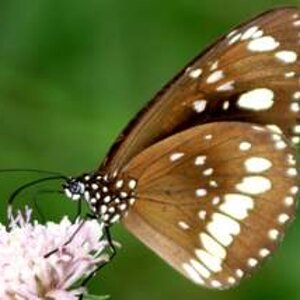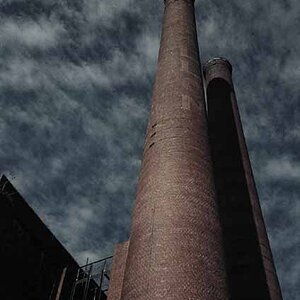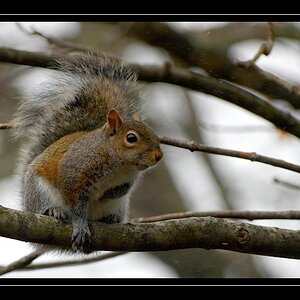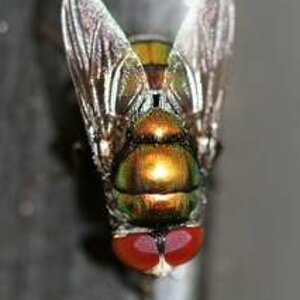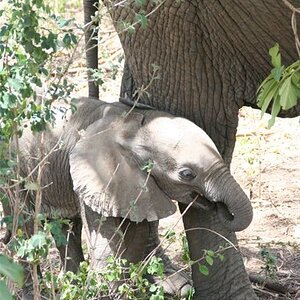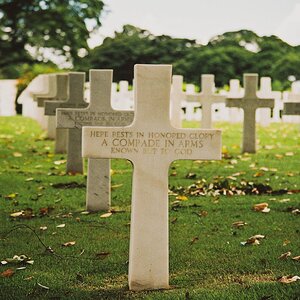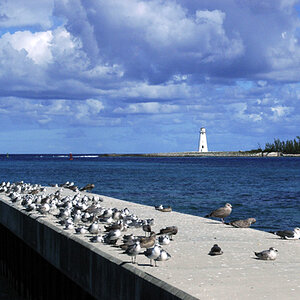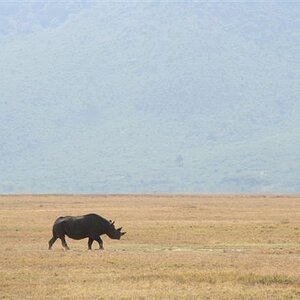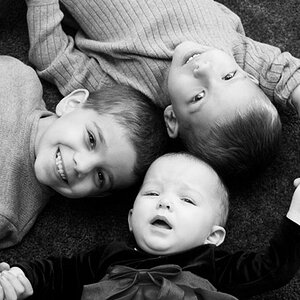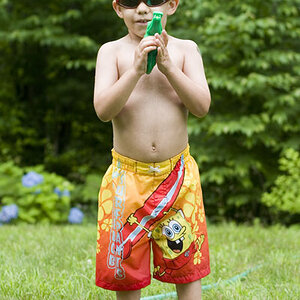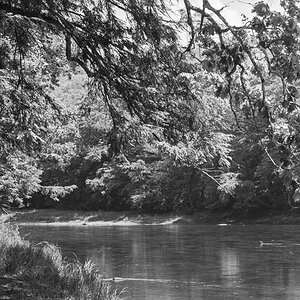PhilGarber
TPF Noob!
- Joined
- May 6, 2008
- Messages
- 813
- Reaction score
- 0
- Location
- New Jersey (We don't bite)
- Website
- philipofnj.redbubble.com
- Can others edit my Photos
- Photos NOT OK to edit
Hi-
I semi-recently did my first real "job" in Scottsdale, AZ. I was asked to take candid photographs. Since the photos were candid in nature, I found it very hard at times to be fast enough in my Canon XT's manual mode to capture all the shots I wanted.
My question is this: when practicing photojournalism should I use the manual modes or the program modes? In fine art photography, I understand it is frowned upon to use anything but the manual mode. Is it the same for photojournalism? Everyday I read the newspaper and see photos that to my fine art photography eye look all wrong. Edges are cut off and photos look soft. I know it's not a shoddy photographer problem, because I see most of this stuff in the NY Times. In photojournalism, do you go for function or technicals and looks? I think I'm missing something.
Phil,
I semi-recently did my first real "job" in Scottsdale, AZ. I was asked to take candid photographs. Since the photos were candid in nature, I found it very hard at times to be fast enough in my Canon XT's manual mode to capture all the shots I wanted.
My question is this: when practicing photojournalism should I use the manual modes or the program modes? In fine art photography, I understand it is frowned upon to use anything but the manual mode. Is it the same for photojournalism? Everyday I read the newspaper and see photos that to my fine art photography eye look all wrong. Edges are cut off and photos look soft. I know it's not a shoddy photographer problem, because I see most of this stuff in the NY Times. In photojournalism, do you go for function or technicals and looks? I think I'm missing something.
Phil,



